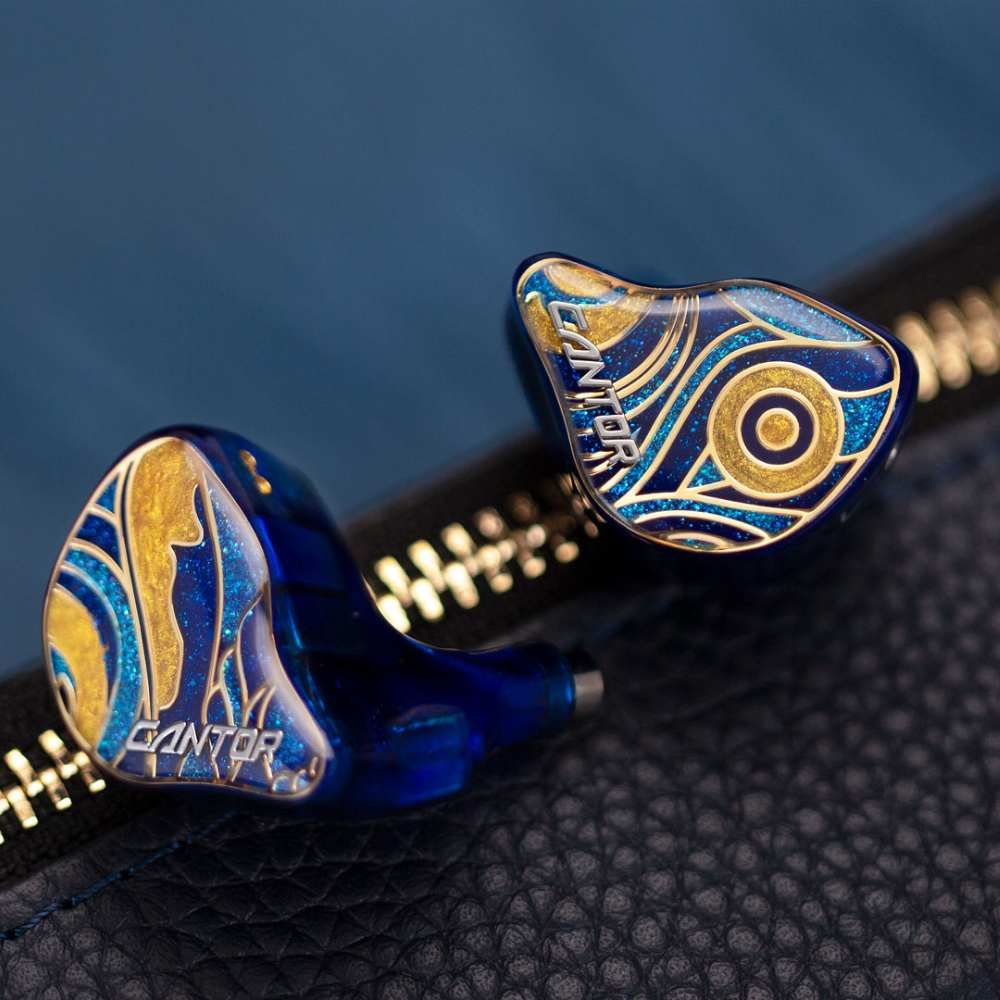Cantorvs.Project Meta
Sound & Specs Comparison
Information
Both IEMs are widely regarded in the audiophile community. See how they differ in terms of sub-bass response, upper mids, clarity, and overall tonality. Spider charts and rating breakdowns included.
Objective Comparison
Facts, details, stuff.
| General Info | Cantor | Project Meta |
|---|---|---|
| Brand | AFUL | CrinEar |
| Country | Taiwan | – |
| IEM Description | The AFUL Cantor combines technical precision with musicality in a hybrid design. Featuring a dynamic driver for powerful bass and multiple balanced armatures for clean mids and sparkly highs, it delivers a spacious soundstage with excellent separation. Tuning leans slightly toward a balanced-bright signature, making it a solid choice for detail lovers who still want some low-end punch. | A debut IEM by Crinacle's CrinEar: a compact, full-aluminum flagship tuned to a “tilted Diffuse Field + bass boost” curve. Delivers vibrant mids, warm sub-bass, and clear treble—crafted for musical accuracy and comfort. |
| Price Level | 500 – 1.000 | 100 – 500 |
| Housing & Driver | ||
|---|---|---|
| Driver Config | Multi-BA | Hybrid |
| Driver Types | Balanced Armature | Dynamic Driver + Balanced Armature |
| Shell Material | – | – |
| Cable | 4Braid 5N OFC Cable | – |
| Technical | ||
|---|---|---|
| Freq Range | – | – |
| Impedance (Ω) | 20 | – |
| Sensitivity (dB) | 106 | – |
| Crossover | RLC Network Electronic Crossover | – |
| Platform Info | ||
|---|---|---|
| Comments | 2 | 0 |
| Visit Count | 144 | 104 |
| External Reviews | 1 | 1 |
Meta Ratings
// Nothing to compare yet.
Sound Characteristics
Cantor delivers m tighter sub-bass response, controlling low-end rumble with more precision than Project Meta (8.5 vs 6.3). The low-end on It is c more controlled and rhythmic, offering better definition than Project Meta (9 vs 6.3). It translates bass vibrations into a a more visceral experience, while Project Meta lacks this tactile feedback (8.5 vs 6.7). It achieves a better warmth and coherence in the lower mids, bringing more realism to guitars and cellos (8.5 vs 6.8). It strikes a a better balance between presence and smoothness in the upper mids compared to Project Meta (8 vs 6.2). The treble on It is a more nuanced and refined, especially when it comes to cymbals and ambient elements (8 vs 7.5). It extends a further into the upper treble, adding air and openness that Project Meta lacks (7.5 vs 6.8). The stereo field on It feels m wider and more holographic, whereas Project Meta sounds more intimate (8 vs 6.3). The retrieval of faint audio cues on It is c more convincing, while Project Meta tends to gloss over them (8.8 vs 6.3). It separates instruments d more distinctly, helping complex passages remain coherent where Project Meta blends them (8.3 vs 6.7). Instruments remain intelligible on It even during busy sections, showing d better handling of masking than Project Meta (8 vs 6). Notes on It feel c more grounded and weighty, whereas Project Meta can sound thin or hollow (7.5 vs 6.3). Percussion and quick attacks feel c more physical and punchy on It, adding excitement over Project Meta (8.5 vs 6). The upper range of vocals is m cleaner and more forgiving on It, helping it avoid sibilant harshness that Project Meta shows (8.5 vs 6.5). It presents instrument timbre with m more natural coloration, giving a realistic tone that Project Meta lacks (7.5 vs 6). Tonality on It is n more coherent and refined, yielding a more pleasing overall signature than Project Meta (8.8 vs 6.3). Subtle ridges and granularity are conveyed m more clearly on It, adding life that Project Meta doesn’t quite match (8 vs 5.5).
| Cantor | Project Meta | |
|---|---|---|
| Sub Bass | 8.5 | 6.5 |
| Bass | 9.0 | 6.5 |
| Bass Feel | 8.5 | 6.8 |
| Lower Mids | 8.5 | 7.0 |
| Upper Mids | 8.0 | 6.5 |
| Lower Treble | 8.0 | 7.5 |
| Upper Treble | 7.5 | 7.0 |
| Sound Stage Width | 8.0 | 6.5 |
| Detail | 8.8 | 6.5 |
| Layering | 8.3 | 6.8 |
| Masking | 8.0 | 6.3 |
| Note Weight | 7.5 | 6.5 |
| Slam | 8.5 | 6.0 |
| Sibilance | 8.5 | 6.5 |
| Timbre Color | 7.5 | 6.0 |
| Tonality | 8.8 | 6.5 |
| Texture | 8.0 | 5.5 |
Tonal Signature
// Nothing to compare yet.

